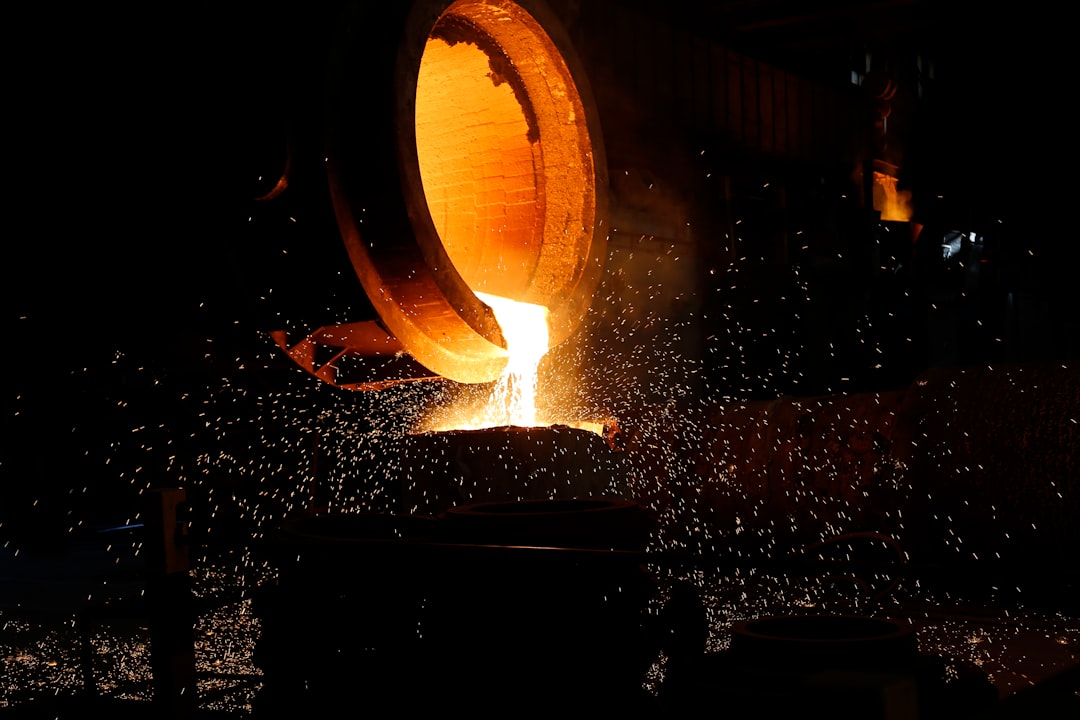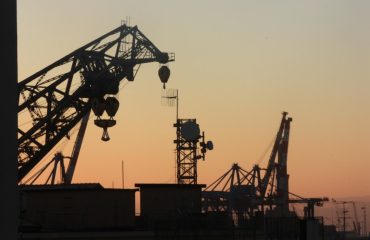The steel industry, a cornerstone of global infrastructure, has historically been a significant contributor to greenhouse gas emissions. However, a revolution is underway, driven by the urgent need for sustainable practices. This post explores the innovative approaches transforming steel manufacturing into a greener, more environmentally responsible industry.
1. The Environmental Impact of Traditional Steelmaking
Traditional steel production, primarily using the blast furnace-basic oxygen furnace (BF-BOF) route, is an energy-intensive process reliant on coking coal. This process releases substantial amounts of carbon dioxide (CO2), a major greenhouse gas contributing to climate change. Beyond CO2, traditional steelmaking also generates other pollutants, including particulate matter, sulfur oxides, and nitrogen oxides, impacting air and water quality. The extraction of iron ore itself can also cause significant environmental damage through deforestation, habitat loss, and soil erosion. The sheer scale of global steel production means these impacts are substantial and demand immediate action.
2. Recycling: A Cornerstone of Eco-Friendly Steel Production
Steel is remarkably recyclable, a crucial aspect of reducing its environmental footprint. Recycling steel requires significantly less energy than producing it from raw materials, reducing CO2 emissions by up to 75%. Scrap steel can be easily melted down and reused in the production process, creating a closed-loop system that minimizes waste and resource depletion. The increased use of electric arc furnaces (EAFs), which primarily use scrap steel as feedstock, is a significant step towards greener steelmaking. However, improving the collection and sorting of scrap steel is crucial to maximize the efficiency and effectiveness of recycling initiatives. Investing in advanced sorting technologies and promoting responsible scrap metal management are key components of a circular economy for steel.
3. Hydrogen-Based Steelmaking: A Promising Pathway to Carbon Neutrality
Hydrogen-based steelmaking is emerging as a transformative technology with the potential to revolutionize the industry’s environmental performance. Instead of using coking coal, this process utilizes hydrogen as a reducing agent in the steelmaking process. When hydrogen reacts with iron ore, it produces iron and water vapor, significantly reducing or eliminating CO2 emissions. While still in its early stages of development, several pilot projects are underway, exploring different hydrogen production methods, including electrolysis powered by renewable energy sources. The successful deployment of hydrogen-based steelmaking will depend on the availability of affordable, green hydrogen and the development of efficient and scalable technologies. This transition requires significant investment in research and development, as well as supportive government policies.
4. Carbon Capture, Utilization, and Storage (CCUS) Technologies
While hydrogen-based steelmaking offers a long-term solution, Carbon Capture, Utilization, and Storage (CCUS) technologies provide a more immediate approach to mitigating emissions from existing steel plants. CCUS involves capturing CO2 emissions from the steelmaking process, transporting it, and either storing it underground or utilizing it in other industrial processes. While CCUS is not a perfect solution, as it doesn’t eliminate emissions entirely, it can significantly reduce the industry’s carbon footprint in the short to medium term, allowing for a smoother transition to cleaner technologies. The effectiveness of CCUS depends on the efficiency of capture, the availability of suitable storage sites, and the development of viable CO2 utilization pathways. The high cost of implementation remains a significant challenge for widespread adoption.
5. The Future of Eco-Friendly Steel: Collaboration and Innovation
The transition to eco-friendly steelmaking requires a concerted effort from various stakeholders, including steel producers, researchers, policymakers, and consumers. Collaboration is crucial to accelerate the development and deployment of green technologies, improve recycling rates, and establish robust regulatory frameworks. Innovation is key, with ongoing research focused on improving the efficiency of existing technologies, developing new sustainable processes, and exploring alternative materials. The future of steel lies in a sustainable approach that balances economic viability with environmental responsibility. Consumers can also play a significant role by supporting companies committed to sustainable practices and demanding environmentally friendly products.
The journey towards eco-friendly steel manufacturing is challenging but essential. By embracing innovation, collaboration, and a commitment to sustainability, the steel industry can pave the way for a greener future, ensuring that this vital material continues to play its crucial role in building a sustainable world.
Tags: eco-friendly steel, green steel, sustainable steel, steel recycling, hydrogen steel




